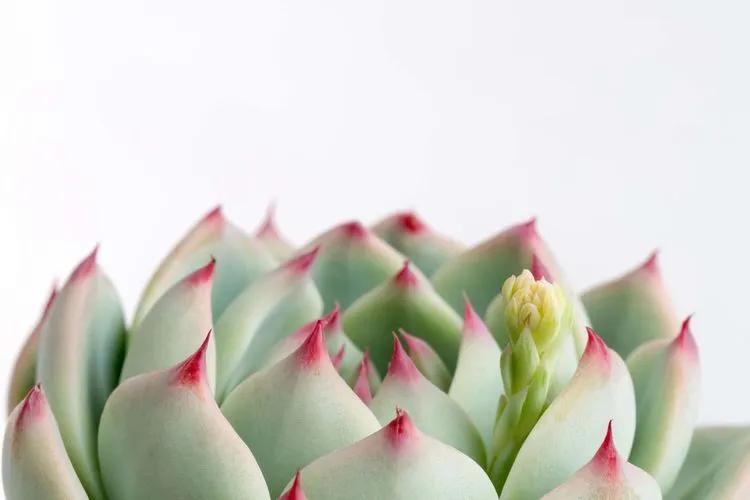 They say succulents are not the easiest plants to propagate. However, with the right guides and knowledge of how to do it correctly, you’ll definitely succeed with this task. Follow our guide and propagare your tiny green pets!
They say succulents are not the easiest plants to propagate. However, with the right guides and knowledge of how to do it correctly, you’ll definitely succeed with this task. Follow our guide and propagare your tiny green pets!
Succulents
Succulents are a family of plants that grow in arid climates and have special tissues in which water is stored. Indeed, such plants do not require careful maintenance and frequent watering. Even a child or an always-busy person can cope with it. This family is very diverse, including cacti, aloe, echeveria, crassula, sedum, agave and many others.
Methods of propagation
There are three such ways in total: by leaves, by cuttings, and by seeds. The first one is the easiest and safest of all. This method is suitable for those who want to replenish their collection of succulents for the first time, but do not know where to start.
The soil
 Before starting the procedure itself, prepare thoroughly for it. Of course, the choice of soil will be fundamental to this process.
The best option would be to just buy a ready-made soil mixture for succulents or cacti. You will also need river sand and a drainage layer, expanded clay acts as it.
First, drainage is carefully laid out in the pot, then wet soil and only then slightly moistened sand. Sometimes perlite is also added to this mixture, it retains moisture in the soil mixture, provides better air circulation to the root system, and in acidic or alkaline soils it can lower the pH value.
Before starting the procedure itself, prepare thoroughly for it. Of course, the choice of soil will be fundamental to this process.
The best option would be to just buy a ready-made soil mixture for succulents or cacti. You will also need river sand and a drainage layer, expanded clay acts as it.
First, drainage is carefully laid out in the pot, then wet soil and only then slightly moistened sand. Sometimes perlite is also added to this mixture, it retains moisture in the soil mixture, provides better air circulation to the root system, and in acidic or alkaline soils it can lower the pH value.
Pot
Often, succulents are propagated in large quantities, and not on one or two future sprouts. Therefore, containers are chosen flat, but very roomy. You should not buy pots that are too deep, because the plants will give energy to the formation of the root system, and not to build up the green mass. Give preference to a pot, which is made of clay or plastic.
Reproduction
Let us warn you that if your plant has rot, it should never be propagated. Before the procedure, carefully examine each leaf. Also keep in mind that some leaves simply give roots, not a succulent rosette.
- Carefully cut off the leaf that is located at the stem.
- Drying. After you have broken off the required number of leaves, they need to dry a little. Place all the leaves on a piece of paper and let sit for 12 hours. This is necessary so that the cut is tightened, and the tips of the leaf become coarser, which will prevent rotting.
- Landing. We spread the leaves on wet ground. It is best to lay them sideways and do not deepen the cut deep into the soil mixture. Over time, a new rosette and roots will begin to form from this cut.
- Transplant. When the rosette of your succulent is slightly more than 30 millimeters in diameter, then you can transplant it into a separate pot. You cannot tear off the mother sheet (the one from which the rosette itself began to form) on your own. So far, the succulent receives all the nutrients and elements from it, when the main function is exhausted, then this leaf will wither itself.
Further care
When the plant gets stronger, then the care for it will be the same as for an adult succulent. Watering usually occurs once or twice a month. During the growing season, you need to water every 10 days. Apply fertilizers once a month or every two weeks. Choose a formulation that is high in potassium and phosphorus, but with a minimum amount of nitrogen. There should be a lot of lighting, even straight rays are allowed. But it is better to shade young sprouts at noon.
